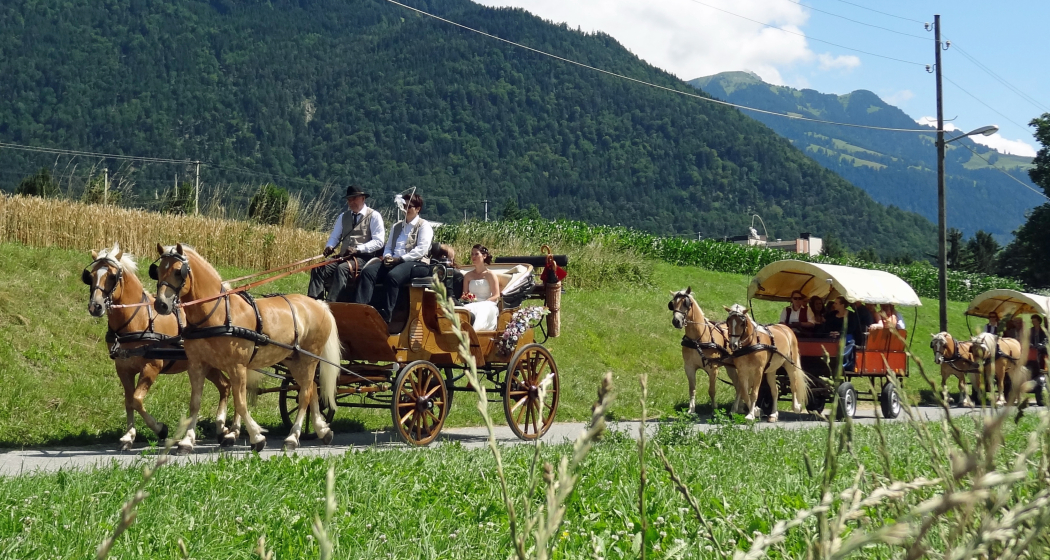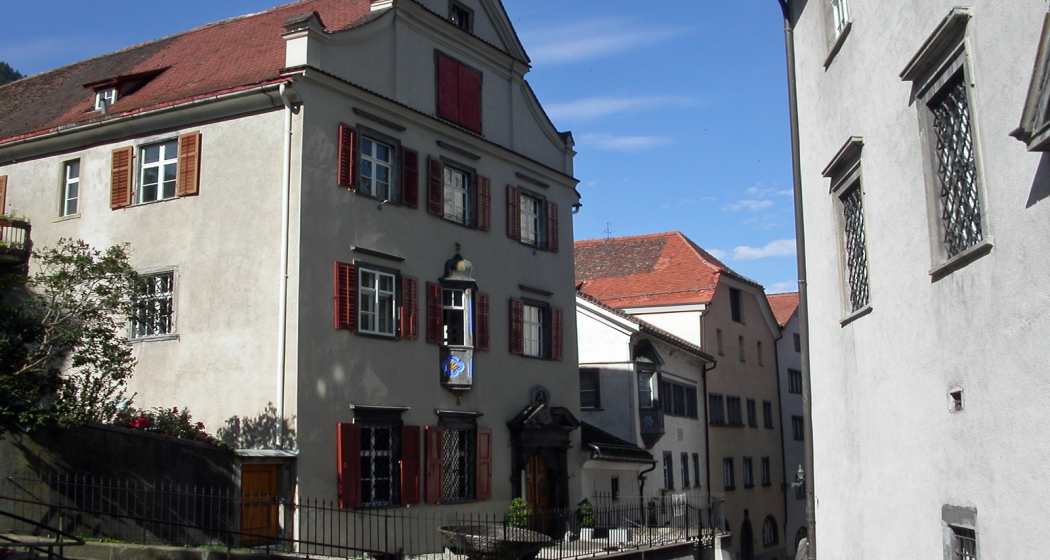Attraction Chur
Kornplatz

Description
This square is older than its name; until the 17th century it was still known as Klosterplatz. Then the adjoining monastery was closed and a corn granary set up in the church. With the departure of the monks, the old name for the square also disappeared. The name Kornplatz (Corn Square) has remained to this day – in spite of the fact that the once stringently controlled corn trade was liberalised in 1840 and the corn granary closed down. While the square served as a site for various markets right into the last century, these days it is an important intersection between the sleepy Old Town and the livelier modern district.
Contact
Kornplatz
Kornplatz, 7000 Chur
Responsible for this content Chur Tourism.








